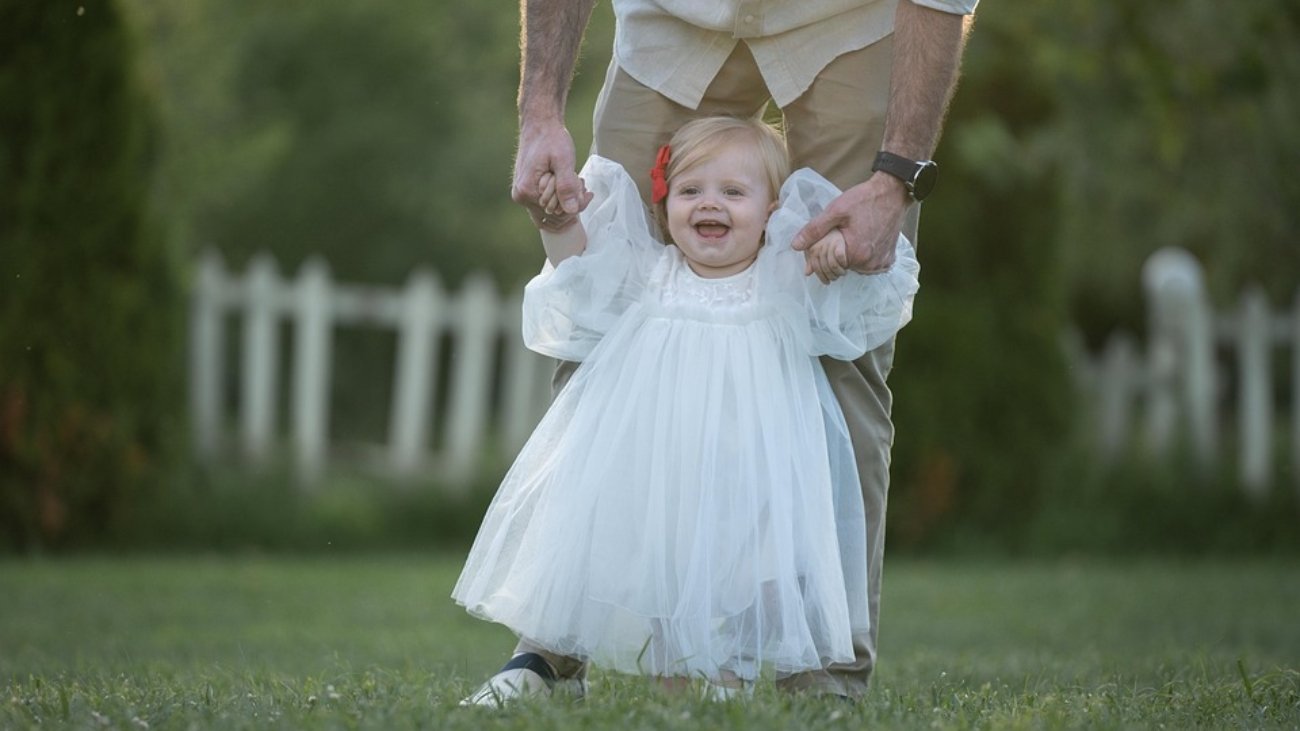Welcoming a newborn into the world is a magical experience filled with joy, but it also comes with its challenges, especially when it comes to sleep. As a new parent, ensuring your baby’s safety during sleep is crucial, but you also want to foster an environment that promotes restful nights for everyone involved. In this article, we’ll delve into safe sleep practices, explore tips to create a soothing bedtime routine, and share strategies that can help you and your little one peacefully drift off into dreamland.
Understanding Safe Sleep Guidelines
The Basics of Safe Sleep
Before delving into the nuances of creating a conducive sleep environment, it’s vital to understand the basic principles of safe sleep. According to health experts, adhering to these guidelines can significantly reduce the risk of Sudden Infant Death Syndrome (SIDS):
-
Place Baby on Their Back: Always lay your baby down on their back for every sleep time, whether at night or during naps.
-
Use a Firm Mattress: Opt for a firm crib mattress covered with a fitted sheet. Avoid plush bedding, pillows, and toys, as these can pose choking hazards.
-
Keep the Crib Clear: The sleep space should be free of any loose bedding or soft objects. This helps to ensure that the baby has a safe sleeping environment.
-
Room Sharing: Sleep in the same room as your baby for at least the first six months, preferably up to one year. This arrangement allows for easier monitoring and can encourage breastfeeding.
- Avoid Smoke Exposure: Keep your baby’s sleep environment smoke-free to further reduce the risk of SIDS.
Creating the Right Sleep Environment
While safety is paramount, creating a calming sleep environment can dramatically improve both your baby’s sleep quality and, by extension, yours.
Ideal Room Conditions
-
Temperature Control: The ideal room temperature for sleep is between 68-72°F (20-22°C). Keep your baby’s room cool enough to prevent overheating.
-
Lighting: Use blackout curtains to block out excess light during naps and nighttime sleep. A dim ambiance signals that it’s time to rest.
- Noise Levels: A white noise machine can help mask sudden sounds that might disturb your baby’s sleep. Additionally, it mimics the background noise of the womb, which can be comforting.
Establishing a Bedtime Routine
A consistent bedtime routine is integral to developing healthy sleep habits for your baby. Rituals signal to them that it’s time to wind down.
The Power of Routine
-
Start Early: Implement soothing activities in the evening, starting at around the same time every night. This can include a warm bath, gentle massage, or quiet cuddling.
-
Reading Together: Introduce a short bedtime story. This encourages bonding and promotes literacy, even in infancy. Choose books with soothing illustrations or repetitive text.
-
Dim the Lights: Gradually dimming the lights can help signal to your baby that it’s nearly bedtime.
- Consistent Timing: Aim to have your baby go to bed at the same time each night. Consistency reinforces their biological clock.
Responsive Parenting
Understanding your baby’s sleep cues is essential for developing a successful bedtime routine. Watch for signs of tiredness, such as:
- Yawning
- Rubbing eyes
- Becoming fussy or cranky
This way, you’ll be better equipped to act before your baby becomes overtired.
Tips for Troubleshooting Sleep Problems
Even with the best intentions, sleep issues can still arise. Here are some strategies for handling common sleep challenges:
Overcoming Nighttime Fussiness
-
Swaddling: If your baby is younger than three months, consider swaddling them. This practice can mimic the feeling of being in the womb, providing comfort and security.
-
Soothing Sounds: Incorporate soft songs or lullabies. The rhythm can be calming and conducive to sleep.
- Avoid Stimulation During Nighttime Feeds: When feeding during the night, keep the lights dim and avoid stimulating activities. This helps reinforce that nighttime is for sleeping.
Dealing with Sleep Regression
As your baby grows, expect periods of sleep regression. These typically occur around developmental milestones and can last a few weeks.
- Maintain your bedtime routine even when things get tough.
- Be patient and consistent. Your baby will eventually settle back into their sleep pattern.
Encouraging Independent Sleep
As your baby matures, fostering independent sleep is essential for their growth and your peace of mind.
Gradual Transition
-
Create a ‘Sleep Zone’: Allow your baby to become accustomed to their crib as a sleep space when they are awake and calm.
- Introduce a Transitional Object: When age-appropriate, a small, safe stuffed animal or blanket can provide comfort and reassurance.
Letting Go of Crutches
Avoid picking your baby up at every sound. Instead, give them a few moments to see if they can self-soothe back to sleep.
Conclusion: A Path to Peaceful Nights
Providing a safe sleep environment for your baby is about more than just following guidelines; it also involves creating an atmosphere that encourages rest and relaxation. With a solid understanding of safe sleep principles, a nurturing bedtime routine, and proactive strategies for addressing sleep challenges, you’re well on your way to achieving peaceful nights for you and your baby.
Remember, every baby is unique, and what works for one may not work for another. Keep experimenting with these tips, and trust your instincts as you navigate this beautiful journey of parenthood. As you cultivate these safe sleep secrets, may your nights become increasingly restful, allowing you to embrace the joys of parenthood fully.

